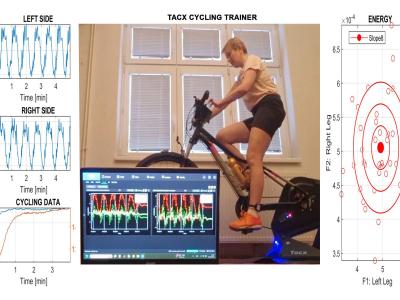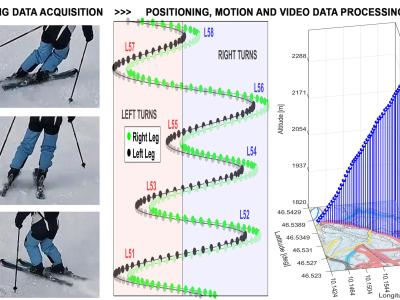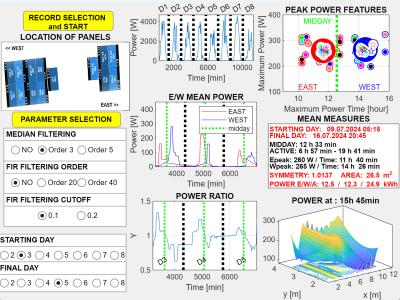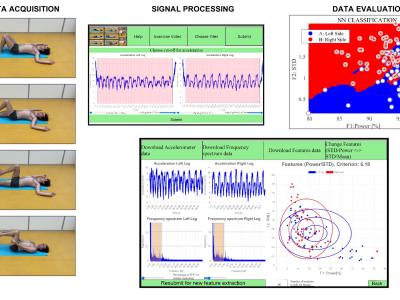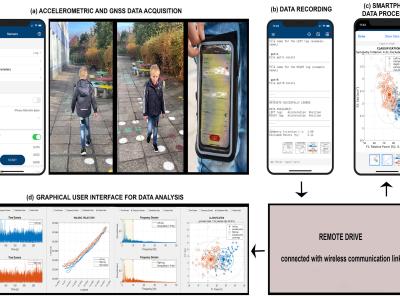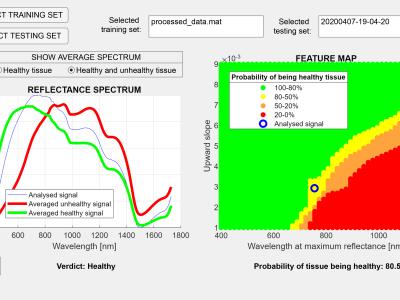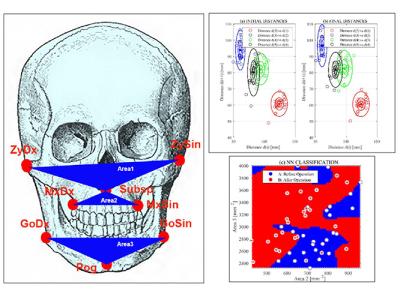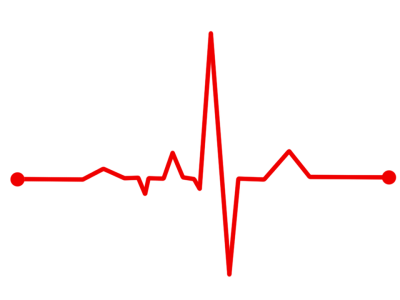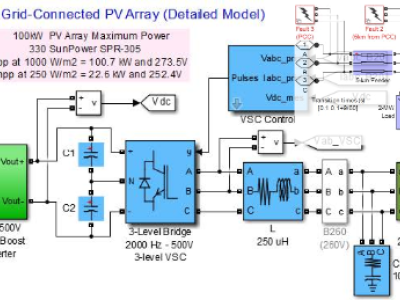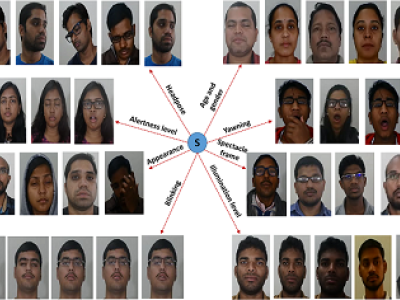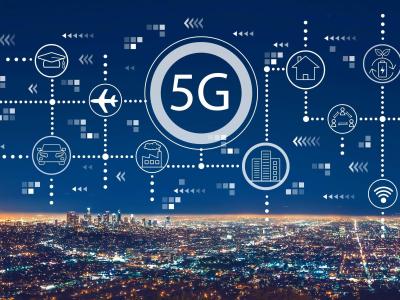GNSS and Physiological Data for Running Monitoring

- Citation Author(s):
-
Alexandra Molcanova (University of Chemistry and Technology)Hana Charvatova (Tomas Bata University in Zlin)Oana Geman (Stefan cel Mare University of Suceava)Oldrich Vysata (Charles University in Prague)
- Submitted by:
- Ales Prochazka
- Last updated:
- DOI:
- 10.21227/759s-8s08
- Data Format:
- Research Article Link:
Abstract
Motion analysis forms a very important research topic with a general mathematical background and applications in different areas including engineering, robotics, and neurology. This paper presents the use of the global navigation satellite system (GNSS) for detection and recording of the moving body position and the simultaneous acquisition of signals from further sensors. The application is related to monitoring of physical activity and the use of wearable sensors of the heart rate and acceleration during different motion patterns. The proposed computational methodology includes digital methods of data preprocessing, time synchronization, and data resampling to enable their correlation, feature extraction both in time and frequency domains, and classification. The datasets include signals acquired during ten experimental runs in the selected area. Detection the motion patterns includes segmentation of signals using analysis of GNSS data, pattern evaluation, and classification of motion signals in different terrain conditions. Classification methodology provides the comparison of neural networks, support vector machine, Bayesian, and $k$-nearest neighbour methods with the highest accuracy achieved by combined features and the two layer neural network. The proposed methodology and graphical user interface suggest the efficiency of the multi-channel and multi-dimensional signal processing with applications in rehabilitation, fitness movement monitoring, neurology, engineering, and robotic systems as well.
Instructions:
The dataport includes:
- The directory "MotionData" with 10 files with each of them including data for one experimental run organized in a CSV table with the following columns:
% 1 - timestamp,
% 2,3,4 - Acceleration X, Acceleration Y, Acceleration Z,
% 5,6,7 - Angular velocity X, Angular velocity Y, Angular velocity Z,
% 8,9,10 - Orientation X, Orientation Y, Orientation Z,
% 11,12,13 - Magnetic field X, Magnetic field Y, Magnetic field Z,
% 14,15,16 - Latitude, Longitude, Altitude,
% 17,18,19 - Speed [m/s], Course, Horizontal accuracy [m]
% 20 – Heart rate
% 21 - time difference [s]
- The directory "GUI" with the "gui.mlapp" file that can be run in MATLAB 2022b to start the graphical user interface for analysis and classification of signals recorded during experimental runs
- The "Running3.mp4" graphical video abstract
 239 views
239 views


